Thang Long Imperial Citadel is not only a place that preserves many important feudal relics but is also a "red address" associated with revolutionary history. Therefore, on the occasion of the 80th anniversary of the successful August Revolution (August 19, 1945 - August 19, 2025) and the National Day of the Socialist Republic of Vietnam (September 2, 1945 - September 2, 2025), many important displays and exhibitions will take place at the Thang Long Imperial Citadel relic (Ba Dinh Ward, Hanoi ), starting from August 19.
According to the plan, the exhibition activities at Thang Long Imperial Citadel include: "House and Bunker D67 - Journey to the day of total victory" (phase 1 ); "Promoting the value of the revolutionary relic of the Cipher Bunker - General Staff Department;" "Hanoi Flagpole/Flag Tower - Fatherland and the desire for peace ."
First opening of the Crypto Tunnel
As a project of important historical significance in the Ho Chi Minh era, the D67 House and Bunker relic - was secretly built in 1967 during the fierce war. This was the place where many important meetings of the Politburo and the Central Military Commission were held, and was also the workplace of the Commander-in-Chief and Chief of the General Staff of the Vietnam People's Army during the resistance war against the US and later national construction.
With that meaning, by using documents, images and technology, the Thang Long - Hanoi Heritage Conservation Center in collaboration with the Center for Research and Promotion of Heritage Values (CCH) organized research and developed exhibition content to vividly explain the role of House and Bunker D67 in the period 1968-1975.
The exhibition “House and Bunker D67 - Journey to the day of total victory” introduces more than 300 documents and images, including four themes: Theme 1 - The Gulf of Tonkin incident and the first destructive war; Theme 2 - The story of House and Bunker D67; Theme 3 - Defeating “Vietnamization of the war” and the second destructive war; Theme 4 - The great victory of Spring 1975.
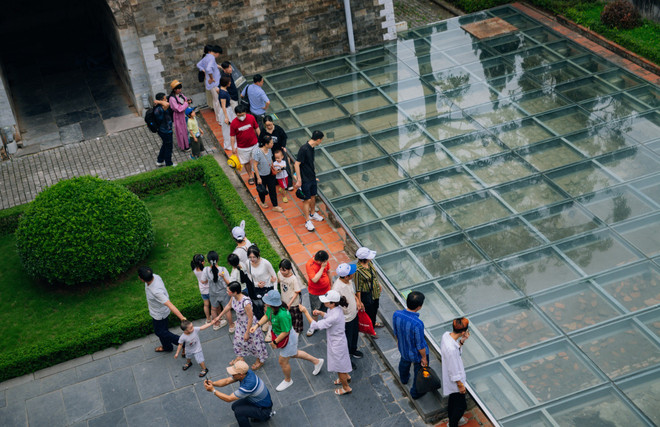
Notably, the opening of the Secret Cellar for the first time to the public on the occasion of the 80th anniversary of National Day, September 2, after the restoration research process, is considered a special highlight, of great significance in educating traditions, meeting the desire for deeper and more specific understanding of visitors about revolutionary and resistance relics; contributing to promoting the value of revolutionary and resistance relics in the Thang Long Imperial Citadel Heritage Site.
The relic is restored on the principle of respecting the original elements, not interfering with the original relic, maximizing the value of the relic; applying technology in interpretation and display to create an impression to attract visitors, especially young people.
The exhibition Promoting the value of the revolutionary relic of the Secretariat - General Staff will bring a lively space, the layout of the bunker as it was; provide a lot of information through the exhibition of documentary interpretation, the panel system inside and outside the bunker; use storytelling sound to make visitors feel like they are participating in working in the bunker at that historical moment...
The new and prominent display aims to provide historical information about the role and activities of the Cipher Department - General Staff; the command assurance activities of the Cipher Department - General Staff at the General Headquarters during the resistance war against the US to save the country, especially in the period of 1972-1975.
The two exhibitions will be open to visitors from August 19, 2025.
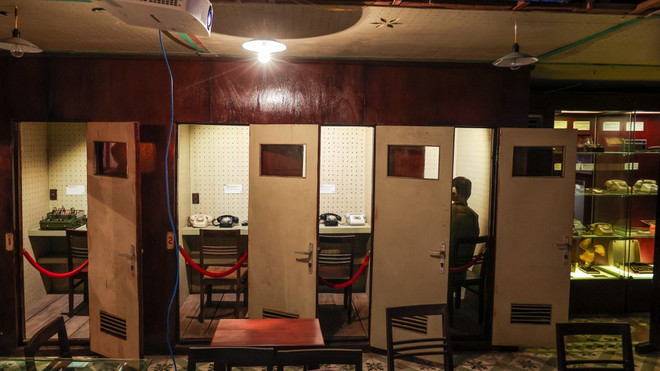
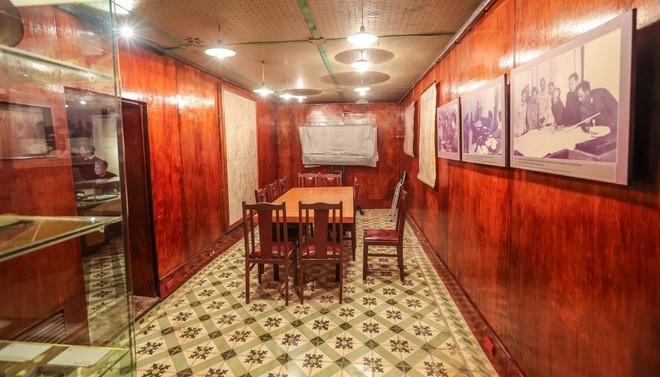
Hanoi Flag Tower – Aspiration for Peace
As part of the commemorative activities at the Imperial Citadel, there is also an exhibition called “Hanoi Flag Tower/Flagpole – Fatherland and the desire for peace” which is presented in 3 themes: Flag Tower under the Nguyen Dynasty; French colonial occupation and changes; Independent Vietnam.
The exhibition content is a combination of chronological arrangement from past to present or future and highlighted events, artifacts help illustrate more vividly; short films are shown about the history of the construction of the Flagpole, especially reviving the historical moment on the day of the liberation of the Capital on October 10, 1954.
Hanoi Flag Tower was built by King Gia Long around 1805-1812 in the middle of the southernmost axis of Hanoi Citadel, on the old foundation of Chu Tuoc Gate of the Le Dynasty; the architecture is in the form of a tower with three square bases, octagonal columns, and a flagpole on top.
Since the Nguyen Dynasty, on major holidays, the 15th and 1st of the lunar month, the Flagpole has flown yellow and red flags symbolizing national sovereignty. During the French colonial period, the French turned the Flagpole into an observation post, an information station and flew the French flag as a symbol of colonial rule.
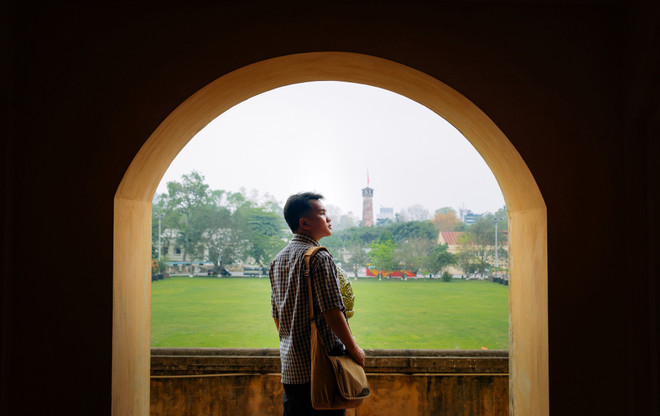
On October 10, 1954, the Vietnamese national flag flew for the first time on top of the Hanoi Flag Tower, affirming an independent and autonomous Vietnam. During the resistance war against the US, the top of the Flag Tower was an observation post, on duty to monitor the situation of the US bombing of Hanoi.
Hanoi Flag Tower has gone through more than 200 years, marking important historical events in the struggle for national independence. Today, Hanoi Flag Tower/Flagpole still stands tall with the national flag flying at the top, symbolizing the will for independence, heroism and aspiration for peace of the capital Hanoi and the Vietnamese people.
The exhibition "Hanoi Flag Tower/Flagpole - Fatherland and the desire for peace" will open to visitors from September 1, 2025./.
Source: https://www.vietnamplus.vn/hoang-thanh-thang-long-mung-quoc-khanh-voi-nhieu-hoat-dong-trung-bay-dac-biet-post1056375.vnp


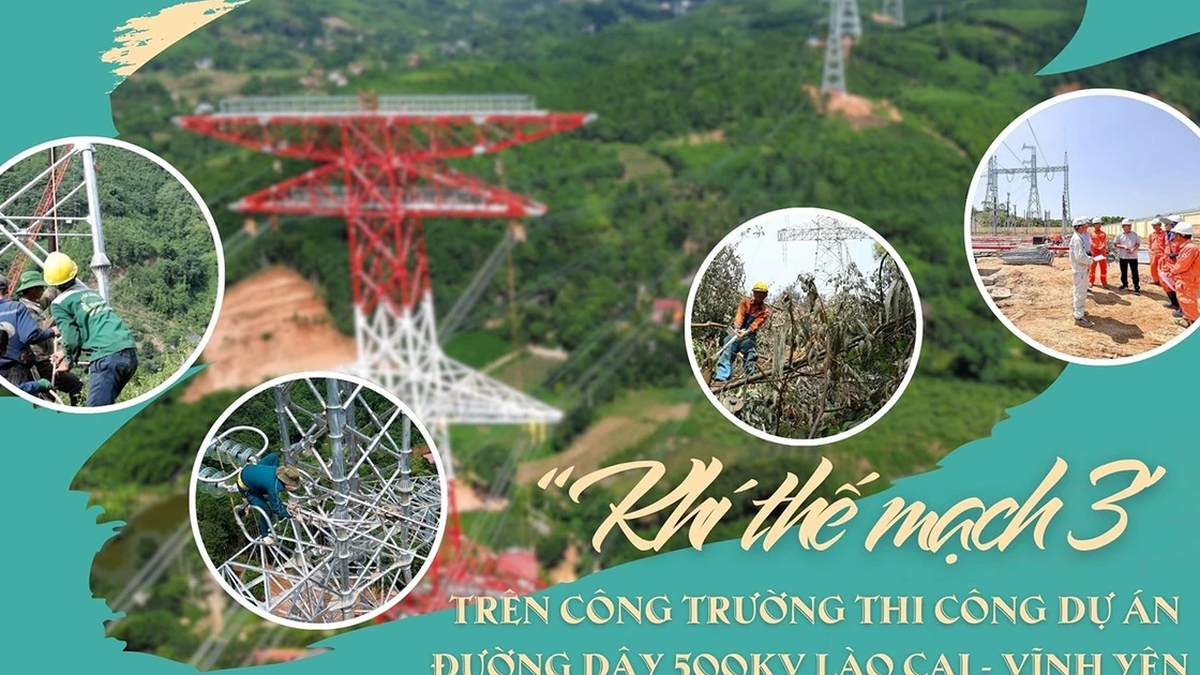


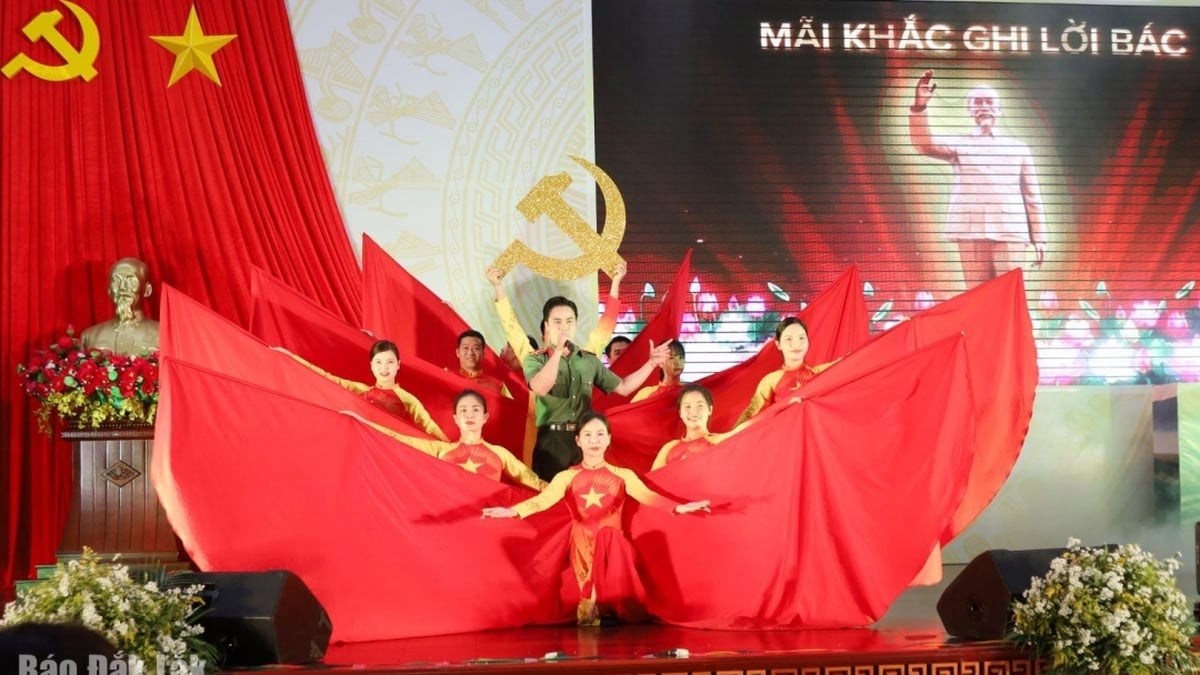

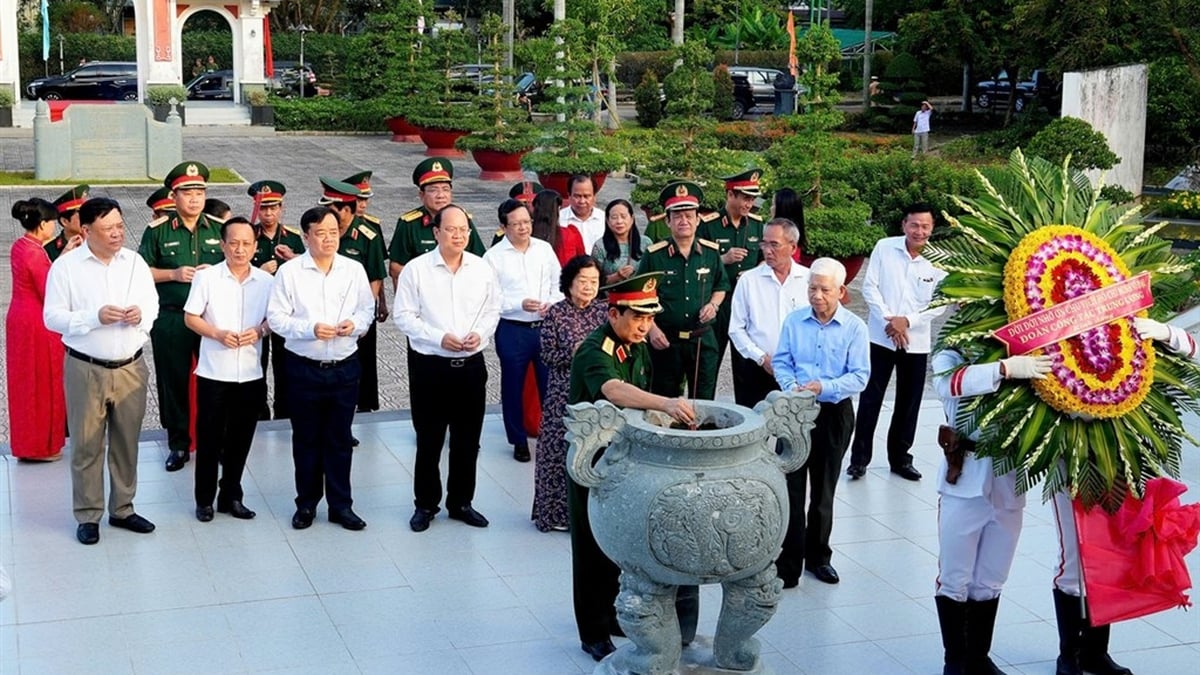

![[Infographic] Inauguration and groundbreaking of 250 projects and works to celebrate the 80th anniversary of National Day September 2](https://vphoto.vietnam.vn/thumb/1200x675/vietnam/resource/IMAGE/2025/8/18/de26475f13a9497283f89aff394433e1)

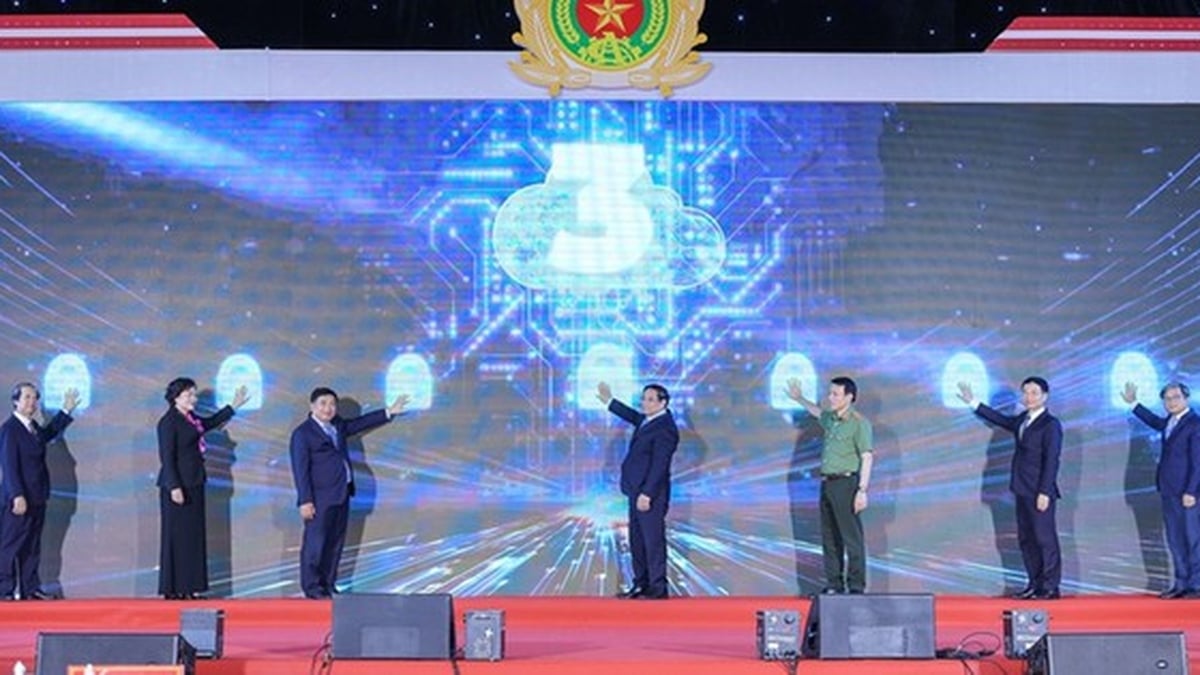










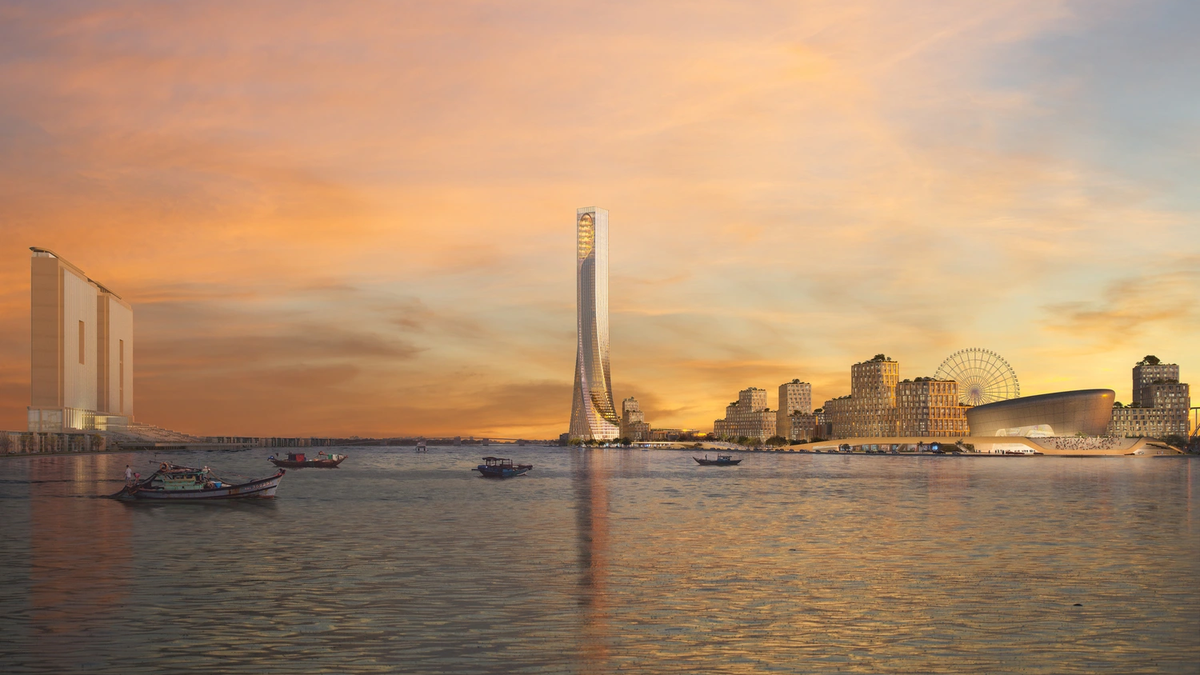
![[Photo] Prime Minister Pham Minh Chinh attends the opening ceremony of the National Data Center](https://vphoto.vietnam.vn/thumb/1200x675/vietnam/resource/IMAGE/2025/8/18/b5724a9c982b429790fdbd2438a0db44)


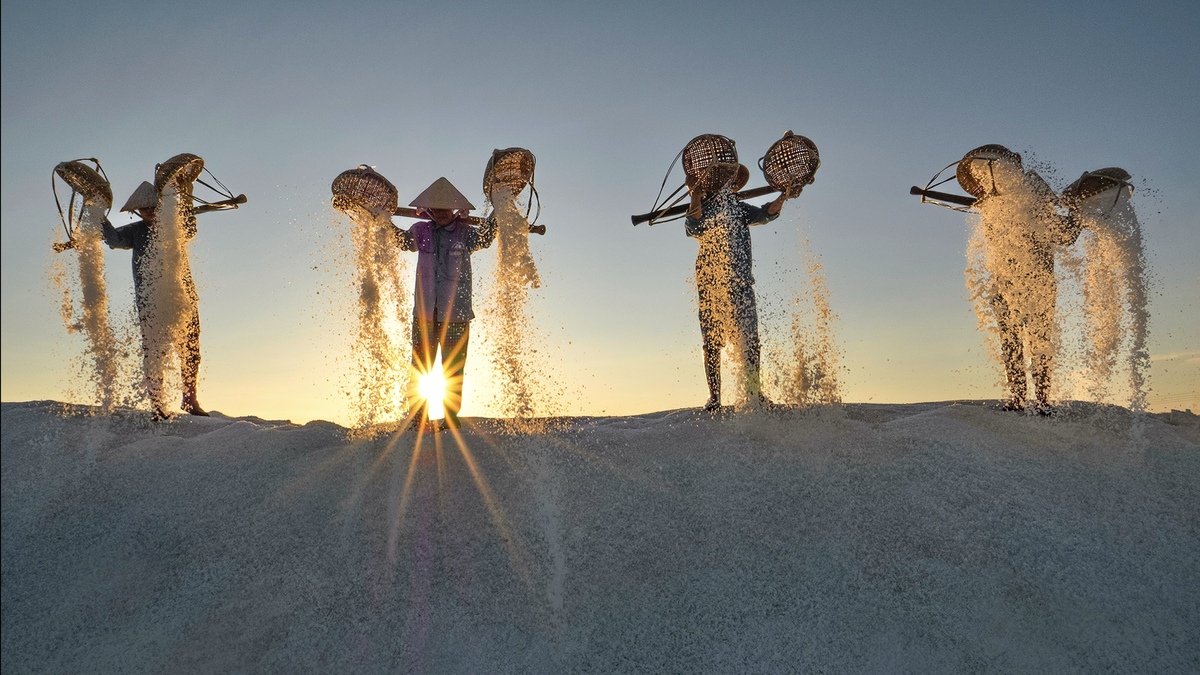
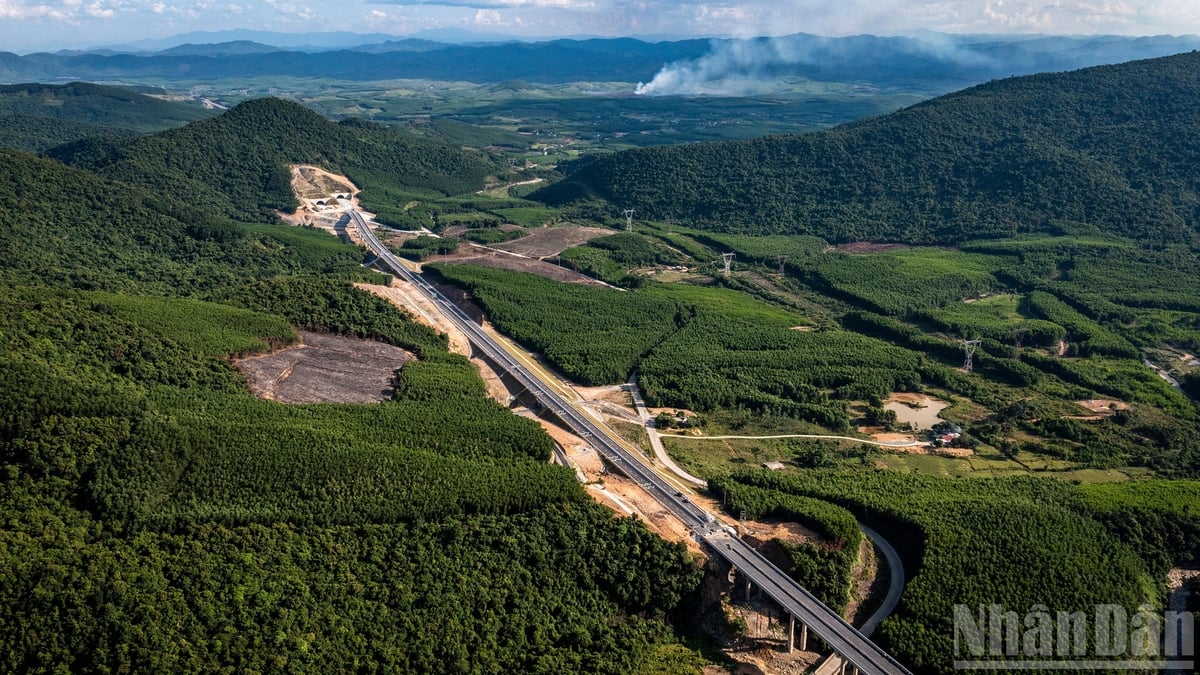
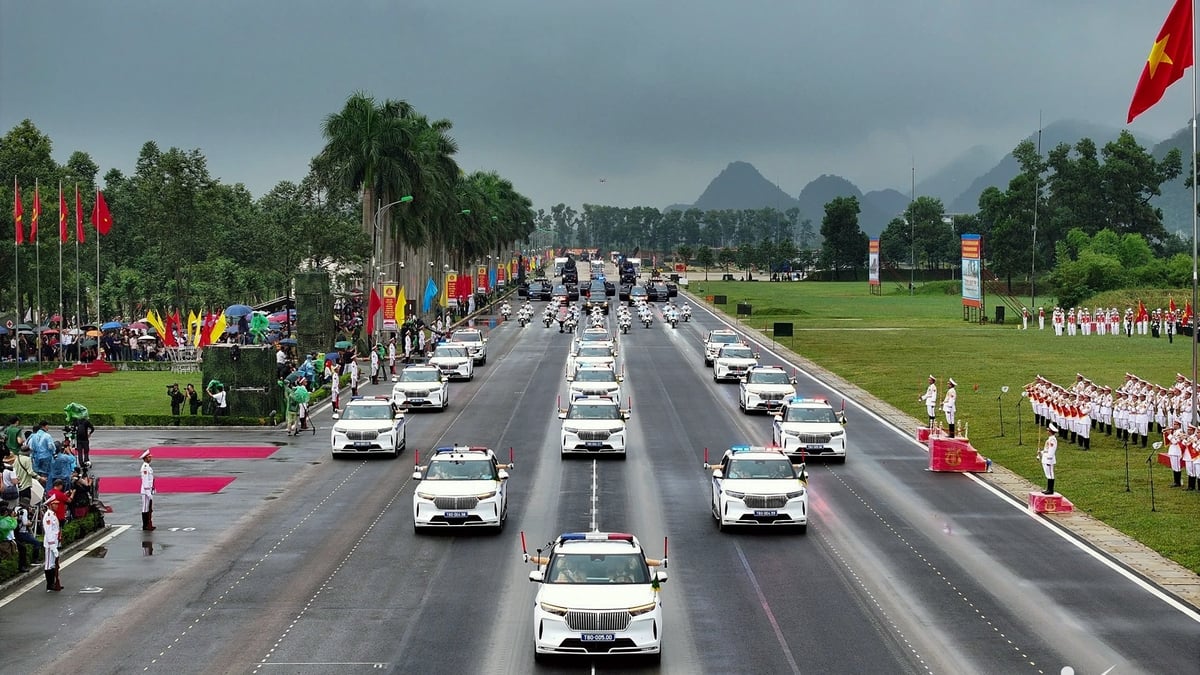
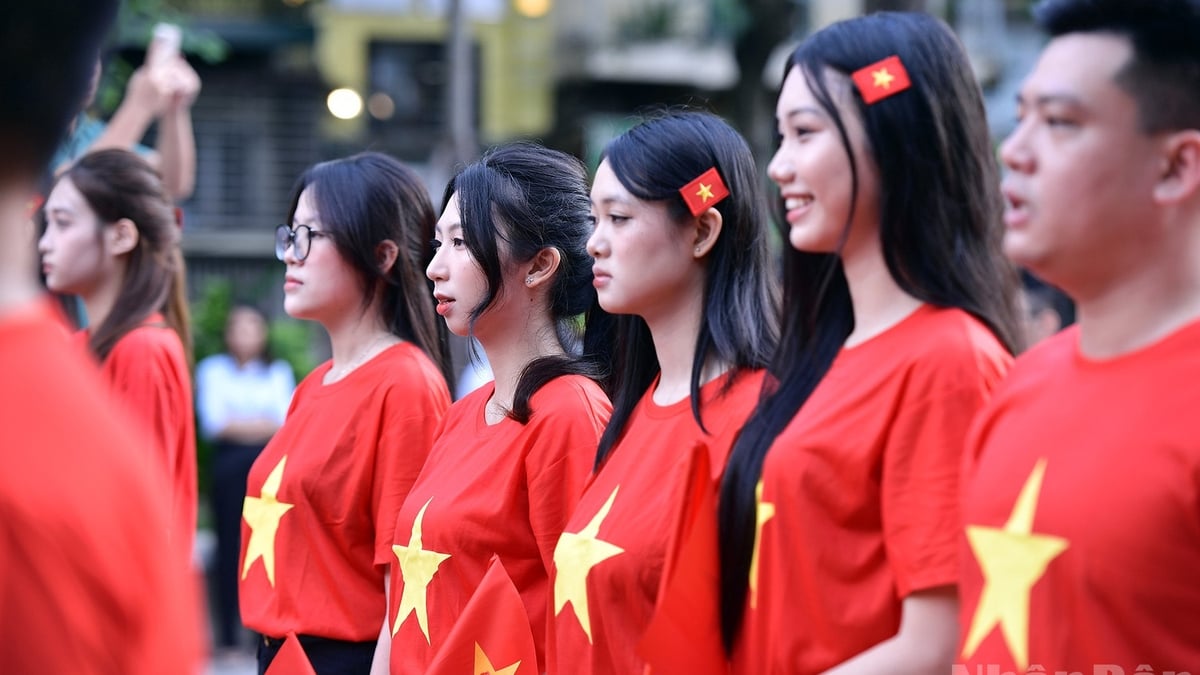

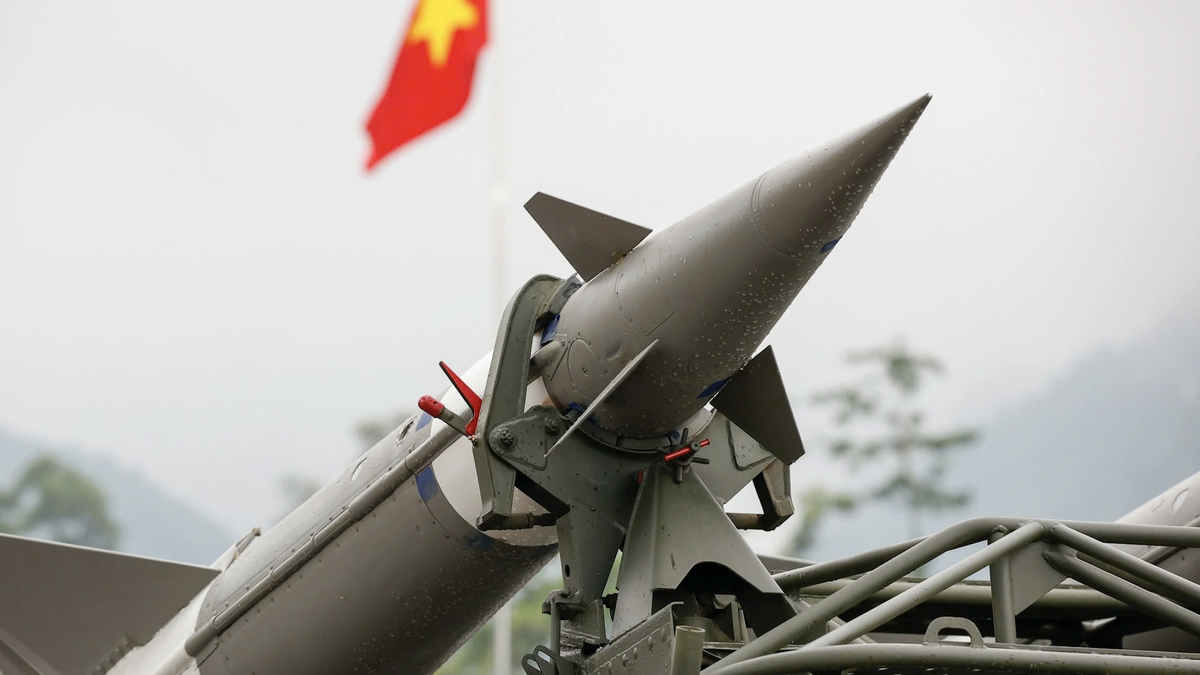




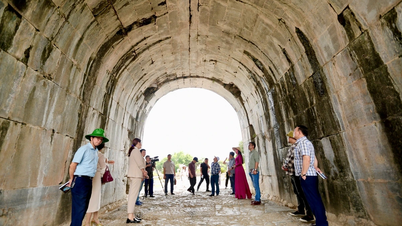





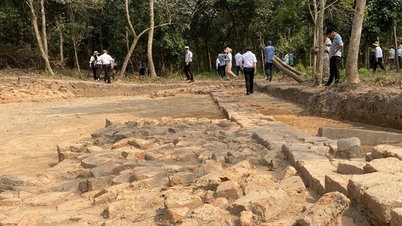





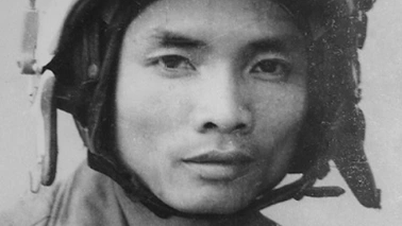



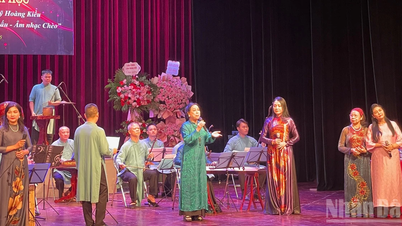



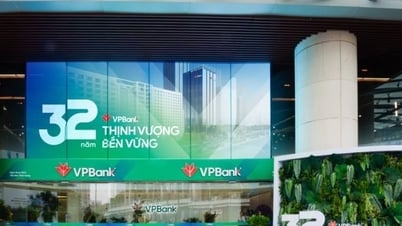
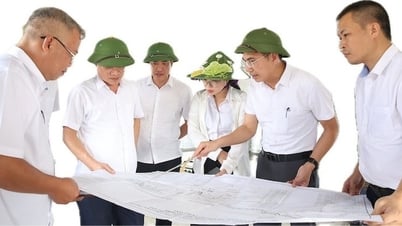


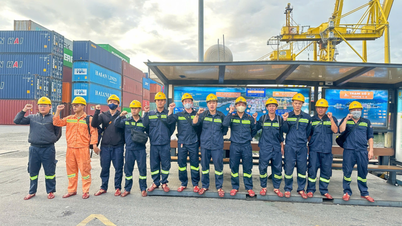
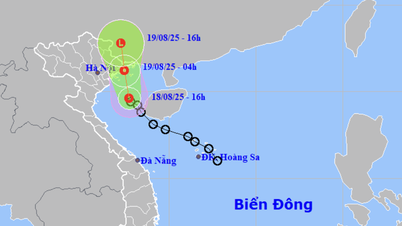
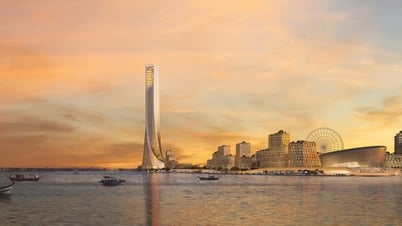
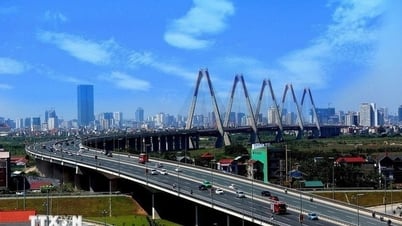
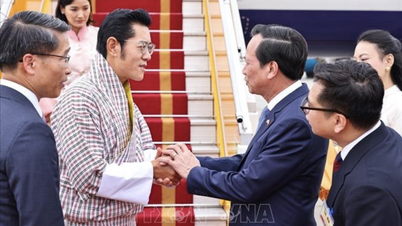


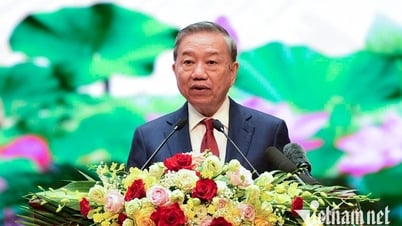




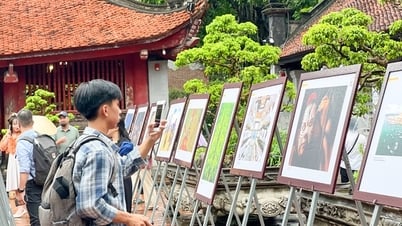

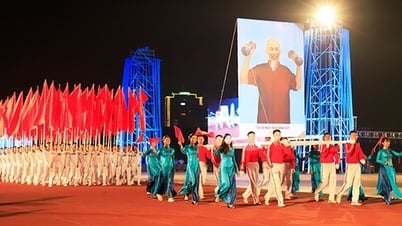


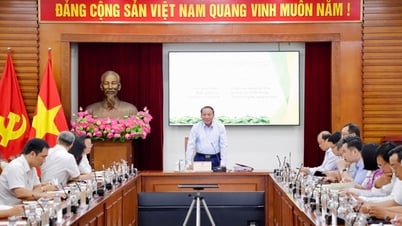


















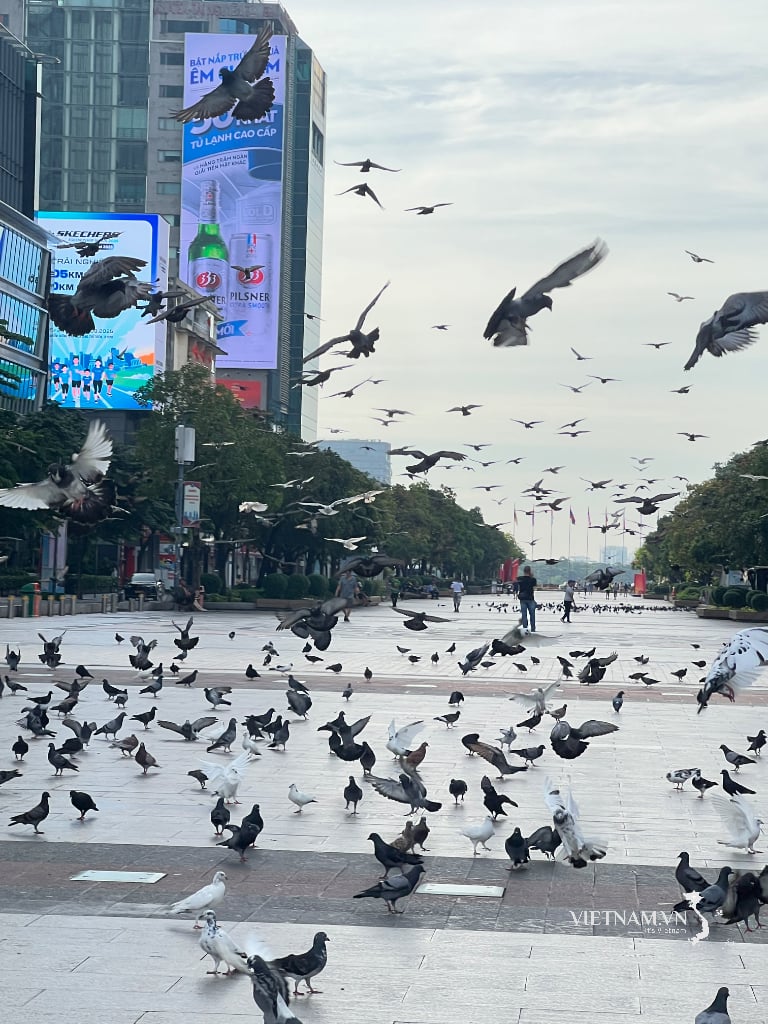



Comment (0)